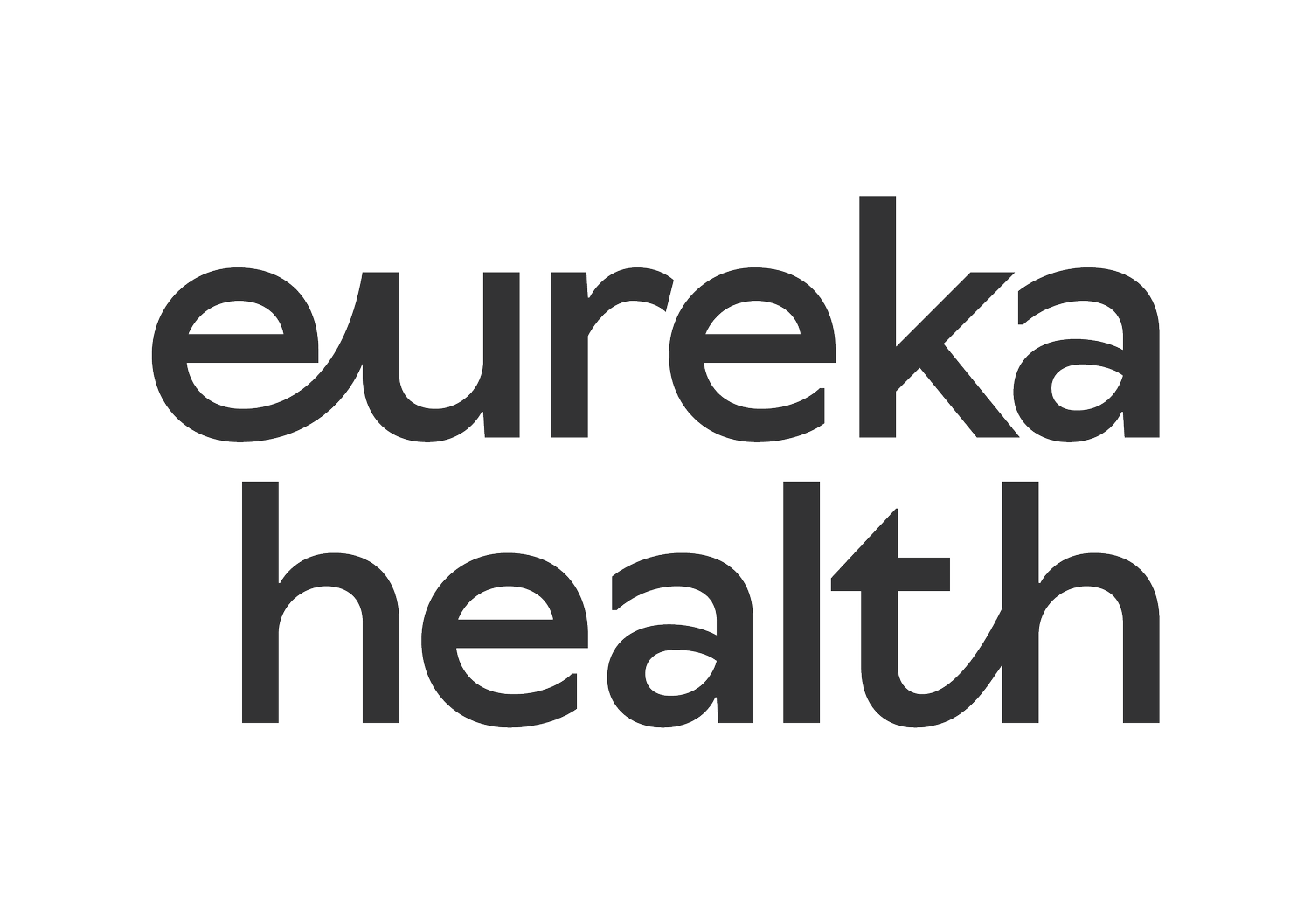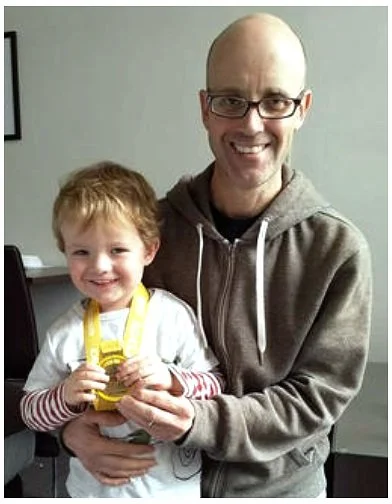GUIDE TO TRAINING FOR A MARATHON
This post was originally written by Chris Hiscock, a remedial massage therapist who has completed a few marathons and is a regular morning runner with the Tann Clan. With Ballarat hosting our very own marathon, we thought it a great time to share this blogs with Chris’ tips for marathon training.
Establishing a baseline
Whether your starting point is no running at all or you are someone who already runs several days a week, the first step toward a marathon event is attaining a baseline level of training. For those who are starting from scratch this could take up to a year in itself but it is well worth the dramatic improvements that you will see to your overall health. Don't be deterred by how hard things may seem early on. In my opinion 0km to 5km is by far the hardest milestone. 5km to 10km is much easier and 10km to 21km is the easiest transition of all. No matter what your starting point, be patient and listen to your body. Slowly introduce extra days / longer distances and seek advice. We love helping people chase their dream of running a marathon and can assist with constructing a baseline program and providing tips on such things as nutrition, footwear and any niggles that may pop up!
A typical baseline training program might look something like this:
MONDAY: Run: strides/ fartleks (click here for tips)
TUESDAY: (swimming, cycling, group fitness, pilates etc.)
WEDNESDAY: Run: hills (click here for tips)
THURSDAY: Cross training
FRIDAY: easy (max. 10km)
SATURDAY: (yoga / massage treatment / nature walk etc.)
SUNDAY: Run: long (usually 21km)
Try to do some stretching every second day or so. Remember that your whole body is recruited when running so as well as the usual suspects (calves, hamstrings, quads, glutes) don’t forget to stretch out your neck, chest, upper and lower back and so on. For a nice thorough routine check out Yoga With Adriene’s Yoga For Runners
When you reach your baseline it’s a good idea to level out and complete the same training program for around two months. If you can get yourself training daily, running 4 times a week totalling at least marathon distance (42.2km), for a couple of months, then you have achieved the launching point for marathon training.
Back at the hotel after the 2018 Adelaide Marathon …
Chris: I do the running and my son, Thomas, wears the medals!
Developing a plan for your long runs
There are many approaches to increasing the length of your long runs, whilst leaving the rest of your week basically unaltered. My personal favourite is the yo-yo plan. It uses a half marathon every fortnight for recovery whilst increasing your distance by around the recommended 10% every month or so. A typical yo-yo program might start a good 15 weeks before your big event and may look something like this:
15 weeks before your big day ... 21km
14 weeks left and we start to ramp it up 24km
13 weeks to go 21km
12 weeks to go 24km
11 weeks to go 21km
10 weeks now and time for a bit more 27km
9 weeks left 21km
8 weeks out and you’re absolutely flying 27km
7 weeks to go 21km
6 weeks out and you’ve reached 30km 30km
5 weeks to go 21km
4 weeks remaining 30km
3 weeks out … getting close now. 21km
2 weeks to go and a mentally tough run 34km
1 week to go and we’re tapering it back 21km
EVENT DAY. You made it!! 42.2km
Have fun
Getting up early and lacing up your running shoes reaps enormous rewards for physical and mental well-being, and few things beat the feeling of crossing the marathon finish line for the very first time. Keep it fun! Join a running group (Ballarat has heaps), throw in some half marathon events when you are scheduled for 21km (you'll get addicted to the buzz), enjoy the journey and stay patient and flexible in your training. My advice on listening to music? I’m not a fan. It can be a little dangerous (cars, bikes, dogs etc. can go unnoticed) and the changes in beat surreptitiously mess with my rhythm and form. I prefer to unplug and tune in to nature and my body. I use it as a chance to practice mindfulness.
Marathon training and massage therapy
As with all aspects of good health it’s usually better to take a prevention/maintenance approach to injuries and fatigue associated with long distance running, rather than waiting for the wheels to fall off.
Some ideal times for a massage treatment are:
right at the beginning as part of (and reward for) your decision and commitment to such a fulfilling goal,
once a month until you reach baseline to assist your body in dealing with this period of change,
upon launching from baseline … so around 15 weeks prior to your marathon,
every subsequent fortnight until the event (the day before your 21km runs in the guide above is perfect),
48 hours post-event (no sooner) - I recommend slow, reasonably light strokes for optimising recovery (treat yourself to an hour long treatment!).
You can find specific training guides for all of the Ballarat Marathon events on their website here
**Keep in mind that this is a guide only. Please feel free to chat to any of our clinicians about how to safely progress your training, or how to modify your plan if any niggles or injuries do pop up. If you’re injured or having trouble increasing your km’s, click here to book an appointment


